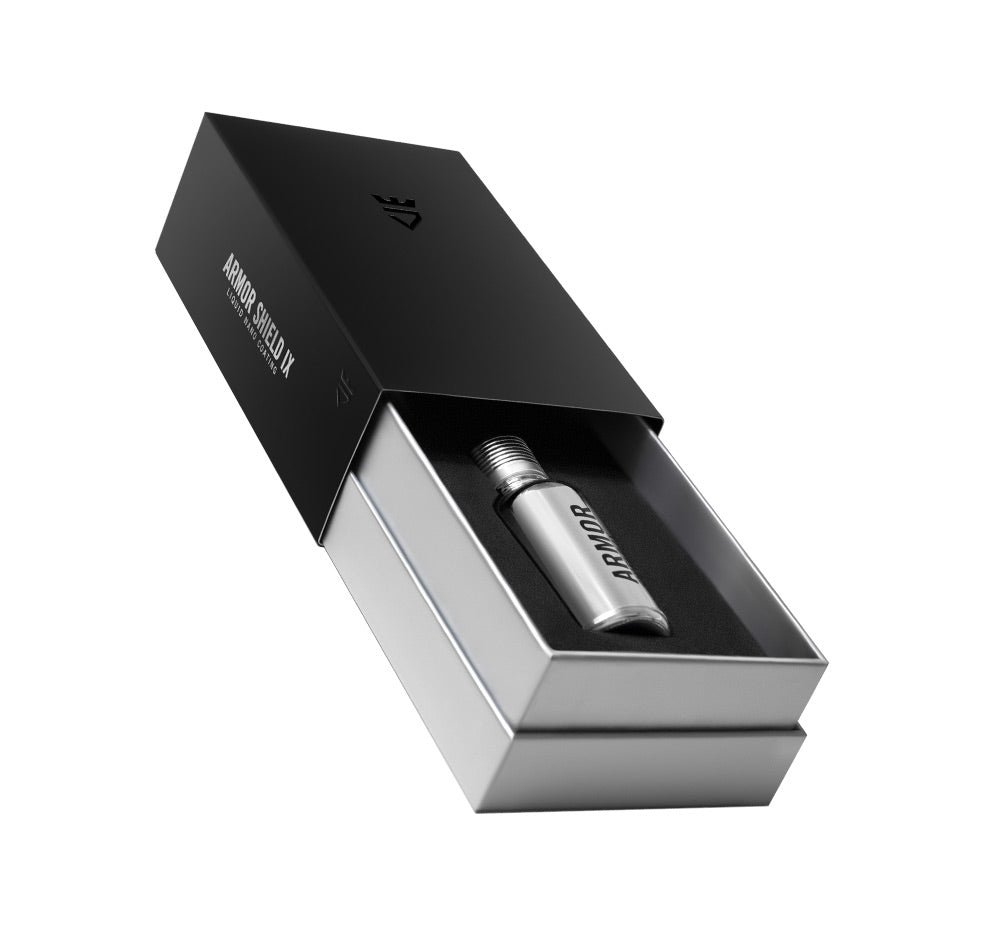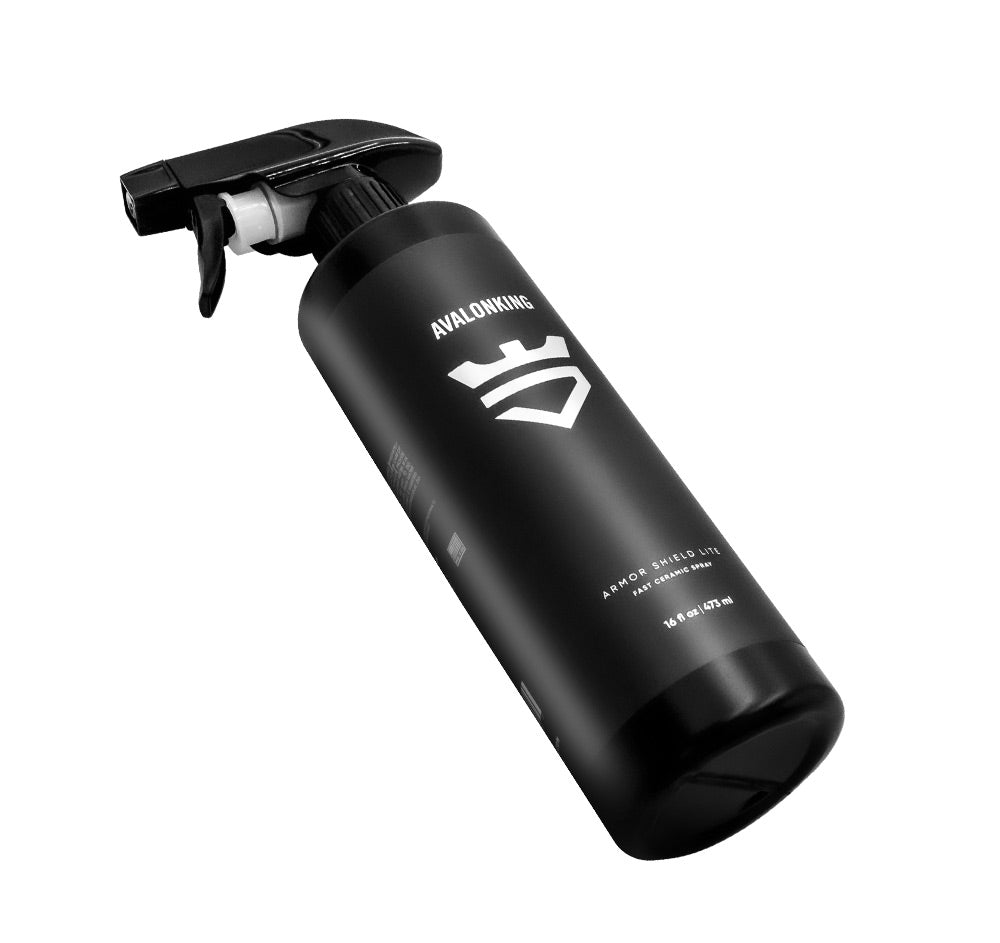How to wash a Hyundai Veloster?
Maintaining the cleanliness of your Hyundai Veloster is not only a matter of aesthetics but also a crucial aspect of car maintenance. Regular washing can help preserve the car's paint job, prevent rust, and keep your vehicle looking as good as new. But how exactly should you go about washing your Hyundai Veloster? This guide will walk you through the process step by step.
Understanding the Importance of Regular Car Washing
Before we delve into the specifics of washing your Hyundai Veloster, let's first understand why regular car washing is essential. Many car owners underestimate the importance of this routine task, viewing it as a mere cosmetic concern. However, the reality is far from it.
Regular car washing plays a crucial role in maintaining your car's health. It helps remove dirt, dust, and grime that can accumulate on your vehicle's surface over time. These particles can cause microscopic scratches on your car's paint, leading to dullness and discoloration. Moreover, substances like bird droppings or tree sap can cause more severe damage if not cleaned promptly.
Furthermore, in regions with harsh winter conditions, road salt can stick to the underside of your car. If not washed off regularly, this salt can speed up the rusting process, causing significant damage to your vehicle's undercarriage. Hence, regular car washing is not just about keeping your car looking good; it's about prolonging its lifespan and maintaining its performance.
Preparing for the Wash
Gathering the Necessary Supplies
Before you start washing your Hyundai Veloster, you need to gather the necessary supplies. These include a car wash soap, a large sponge or car wash mitt, a bucket, a hose with a spray nozzle, microfiber towels, and a car wax. Avoid using dish soap or household cleaners as they can strip off the car's protective wax coating.

Additionally, you may want to invest in a wheel cleaner and a separate brush for cleaning the wheels. The wheels often accumulate brake dust, which can be difficult to remove with regular car wash soap. A specialized wheel cleaner can help break down this stubborn grime, making the cleaning process easier.
Choosing the Right Time and Place
When washing your car, it's best to choose a cool, cloudy day. Washing a car under direct sunlight can cause the soap to dry up too quickly, leaving behind water spots and soap residue. If you can't avoid washing your car on a sunny day, try to do it early in the morning or late in the afternoon when the sun isn't as strong.
As for the location, choose a spot that's not directly under trees to avoid bird droppings or tree sap. Also, make sure the area has good drainage so that the water doesn't pool around your car.
The Car Washing Process
Step 1: Rinse Your Car
Start by rinsing your car with a hose. This will remove loose dirt and debris from the surface, making the washing process easier and reducing the chances of scratching your car's paint. Pay special attention to the wheels and the underside of the car, as these areas tend to accumulate the most dirt.
Step 2: Wash Your Car
Next, fill a bucket with water and add the recommended amount of car wash soap. Dip your sponge or car wash mitt into the soapy water and start washing your car from the top down. This method ensures that the dirtiest parts of your car (the lower sections) are washed last, reducing the risk of scratching the paint with dirt and grime.
Make sure to rinse your sponge or mitt frequently to remove the accumulated dirt. Also, don't forget to wash the windows and mirrors with a separate, clean sponge to avoid scratching them.
Step 3: Rinse and Dry Your Car
Once you've washed the entire car, rinse it thoroughly with a hose to remove the soap. Then, dry your car using microfiber towels. Drying your car is an important step as it prevents water spots from forming on the surface. Start from the top and work your way down, just like when you were washing the car.
Post-Wash Care
Applying Car Wax
After washing and drying your car, consider applying a layer of car wax. Car wax adds an extra layer of protection to your car's paint, shielding it from UV rays, dirt, and other damaging elements. Moreover, it gives your car a shiny, glossy finish that enhances its appearance.
Maintaining Cleanliness Between Washes
While regular washing is crucial, it's equally important to maintain your car's cleanliness between washes. Avoid parking under trees to prevent bird droppings or tree sap from landing on your car. If you notice any dirt or stains on your car, clean them promptly to prevent them from causing damage.
In conclusion, washing your Hyundai Veloster may seem like a simple task, but doing it correctly can significantly impact your car's appearance and health. By following the steps outlined in this guide, you can keep your Hyundai Veloster looking its best while also prolonging its lifespan.
Ready to elevate your Hyundai Veloster's shine and protection? Look no further than AvalonKing for all your car cleaning needs. With years of expertise in providing top-quality car shampoos, ceramic coatings, and a wide array of cleaning products, AvalonKing is your go-to source for maintaining that new car look. Check out our products today and give your Veloster the royal treatment it deserves.












